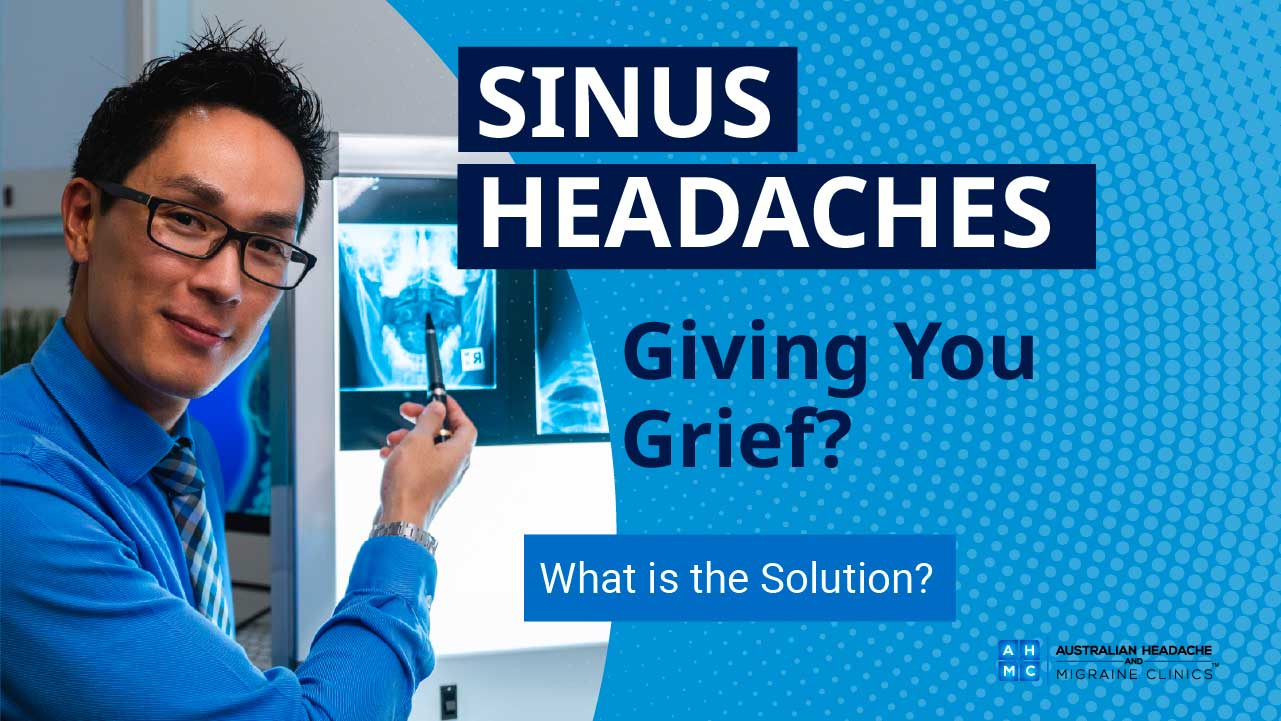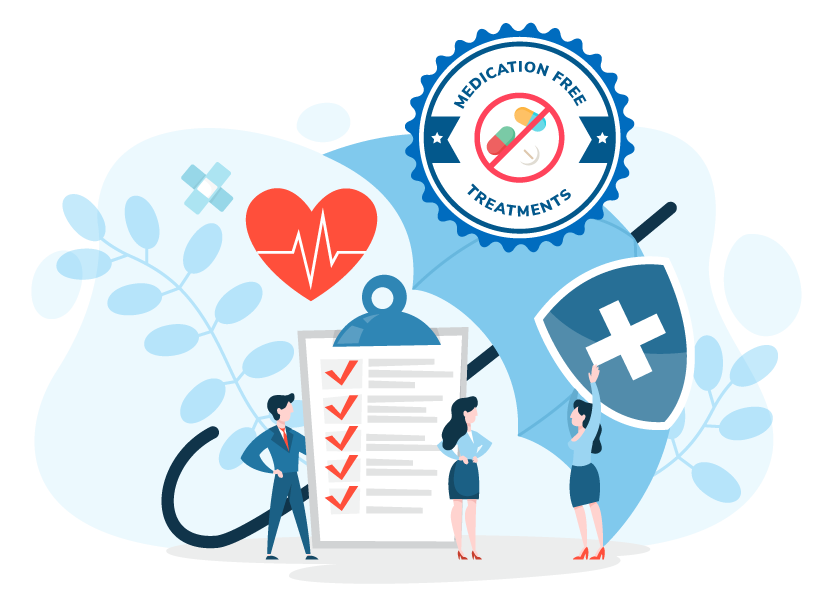I Suffer From Sinus Headache
Sinus Headache Treatment
A Sinus Headache is experienced in the sinus and nose area. This type of headache is bilateral in nature, where symptoms are felt on both sides of the sinuses/nose.
If you are a chronic sinus headache sufferer, who has trialled all types of medication with no significant relief, you should get your neck thoroughly examined. At the Brisbane Headache and Migraine Clinic, we have treated many sinus headache sufferers and use world-class techniques in identifying whether the neck and brainstem are at fault.
Once we commence with treatment, we expect a significant improvement to occur rapidly in 90% of our patients with Sinus Headaches and within the first 5 treatment consultations. Book today for an appointment for your non-medicated and non-invasive Sinus Headache treatment.









